1. Corporal Punishment in Classrooms

There was a time when getting sent to the principal’s office didn’t mean detention, it meant you might get hit. Teachers could use paddles, rulers, or even their hands to “discipline” students right in front of the class. It was considered normal, and parents often sided with the school instead of questioning the practice. Some schools even kept the same paddle for decades as a kind of twisted tradition.
Today, corporal punishment has been banned in most states and is widely viewed as abuse rather than discipline. Studies have shown that it causes more harm than good, leading to anxiety and resentment rather than improved behavior. Modern educators now focus on counseling, restorative justice, and other methods to handle conflict. It’s hard to imagine a time when hitting a student was seen as acceptable.
2. Segregated Schools
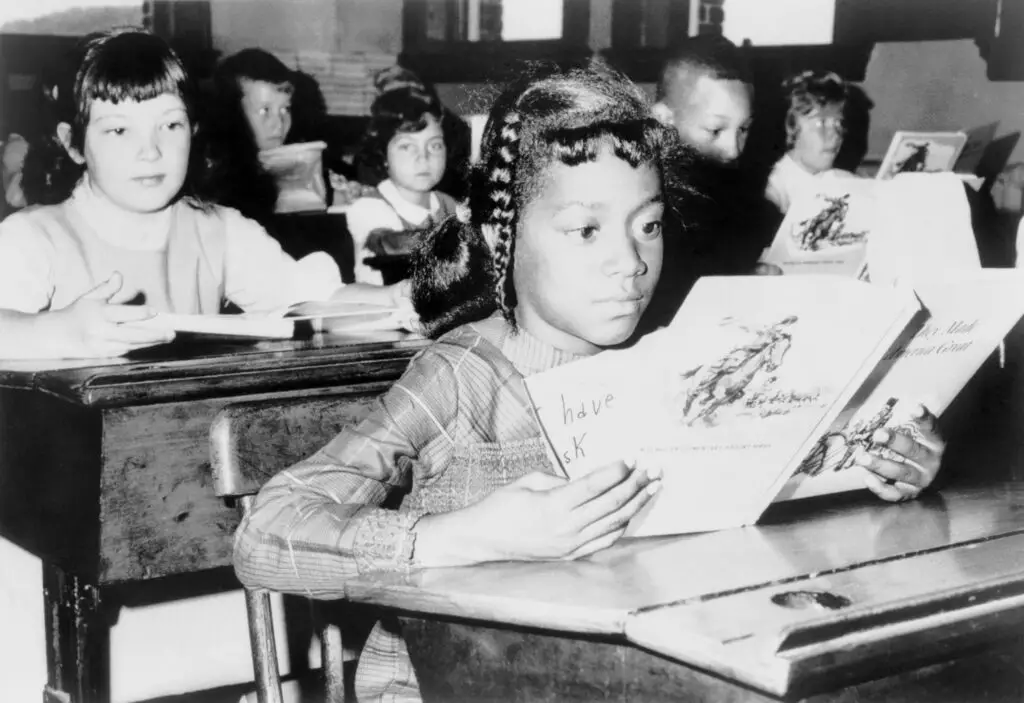
In the early to mid-20th century, public schools in the U.S. were divided by race, forcing Black students to attend separate, often inferior facilities. The “separate but equal” rule under Plessy v. Ferguson was anything but equal in reality. Classrooms were overcrowded, resources were scarce, and the message of exclusion was clear to every child who walked through those doors.
After the landmark Brown v. Board of Education ruling in 1954, segregation was declared unconstitutional, though desegregation took years to enforce in many regions. The idea of dividing children based on race is unthinkable now, but it’s an important part of history to remember. It reminds us how far we’ve come—and how crucial it is to keep moving toward true equality.
3. Gender-Specific Classes
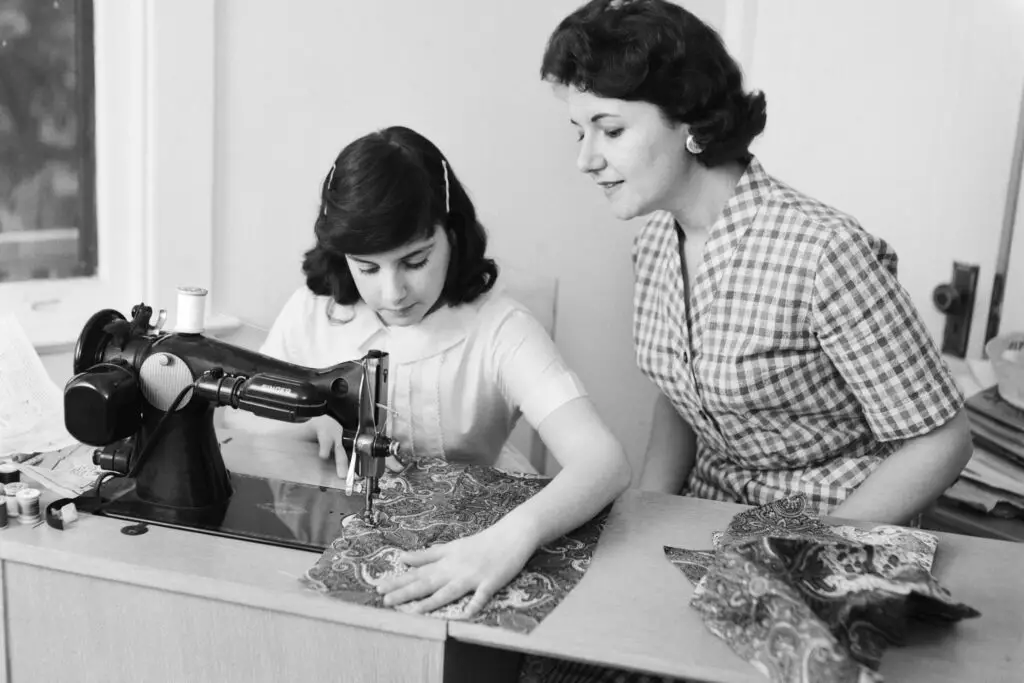
For much of the 20th century, boys and girls were often separated by “appropriate” subjects. Boys might take shop class or mechanical training, while girls were guided toward home economics and sewing. These rules were rooted in outdated ideas about gender roles and what each sex was “supposed” to do in life.
Thankfully, the classroom looks very different now. Girls can pursue engineering, robotics, or auto mechanics, and boys can learn cooking and child development without anyone batting an eye. The change didn’t happen overnight, but it opened doors for countless students to follow their interests freely. Equality in education has turned out to be as practical as it is fair.
4. Dress Codes That Targeted Girls

Strict dress codes once banned girls from wearing pants, required knee-length skirts, and punished them for showing their shoulders. Administrators often justified these rules as maintaining “decorum,” but they largely targeted girls and placed blame on them for “distracting” others. Some schools even sent girls home to change, shaming them publicly in the process.
Modern schools still debate dress codes, but most have recognized how unfair and outdated those old rules were. The focus now is on self-expression and equality, with guidelines that apply to everyone. Pants on girls are no longer scandalous, and the idea that bare shoulders are disruptive feels absurd today. It’s a small but meaningful step toward fairness and respect.
5. Daily Pledges and Prayers

For decades, students were required to recite not only the Pledge of Allegiance but also a morning prayer, often tied to Christian beliefs. It was seen as a patriotic and moral start to the day, but it alienated students from different religious or cultural backgrounds. Those who didn’t participate were sometimes punished or ridiculed by their peers.
Supreme Court rulings eventually put an end to mandatory prayer in schools, reinforcing the separation of church and state. While many still say the Pledge, participation is now voluntary. It’s one of those changes that reflects how diverse and inclusive schools have become over time. Freedom of belief is no longer something students have to leave at the door.
6. Banning Left-Handed Writing
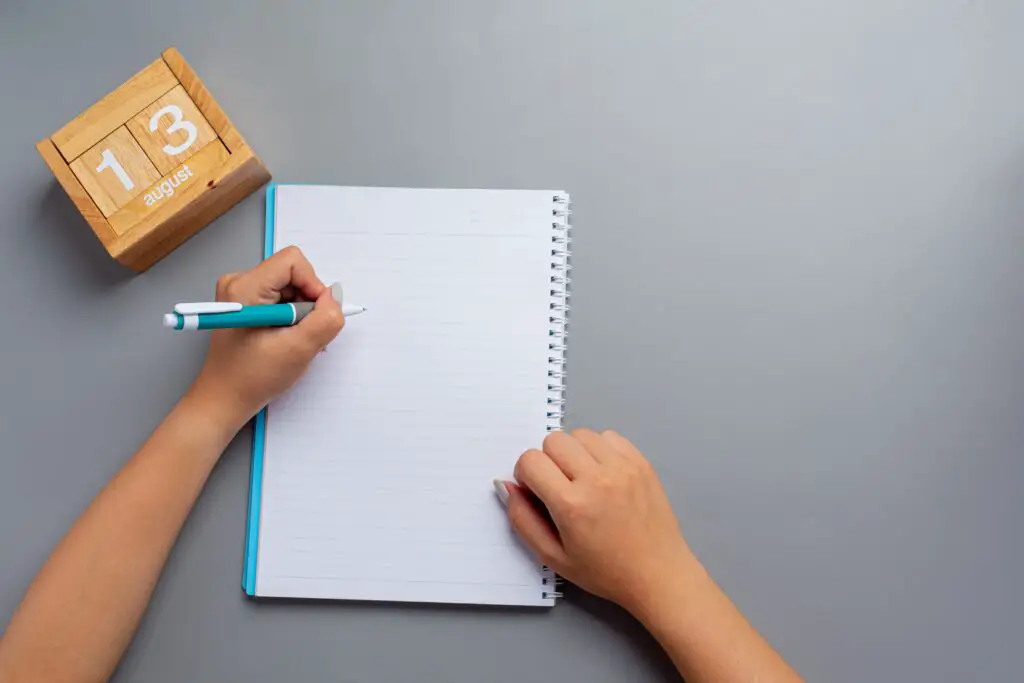
It might sound ridiculous now, but left-handed students used to be forced to write with their right hand. Teachers would tie kids’ left hands behind their backs or slap rulers across their knuckles to “correct” them. Being left-handed was once considered wrong or even sinister, a word that literally comes from the Latin for “left.”
Thankfully, that kind of thinking disappeared as educators realized how damaging it was. Left-handedness is simply a natural variation, not a flaw to fix. Many famous thinkers and artists were left-handed, from Leonardo da Vinci to Barack Obama. Today, lefties can use special desks, scissors, and even notebooks made just for them.
7. Mandatory Obedience to Teachers
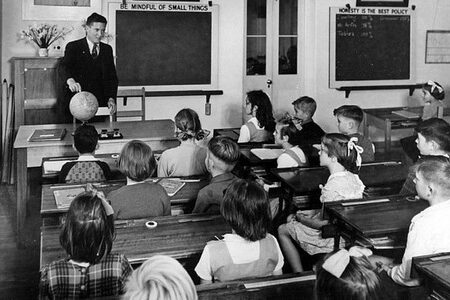
In older classrooms, questioning authority wasn’t allowed. Students were expected to obey without hesitation, no matter how unfair or confusing the rule. Speaking up could lead to punishment, humiliation, or even physical discipline. Respect was demanded, not earned, and curiosity was often mistaken for defiance.
Education has since evolved to value dialogue and critical thinking. Teachers now encourage questions and debates, helping students learn to express themselves. That shift has turned classrooms into more collaborative spaces, where learning isn’t just about memorization but understanding. It’s a far healthier approach that prepares kids for real life.
8. Public Shaming for Grades
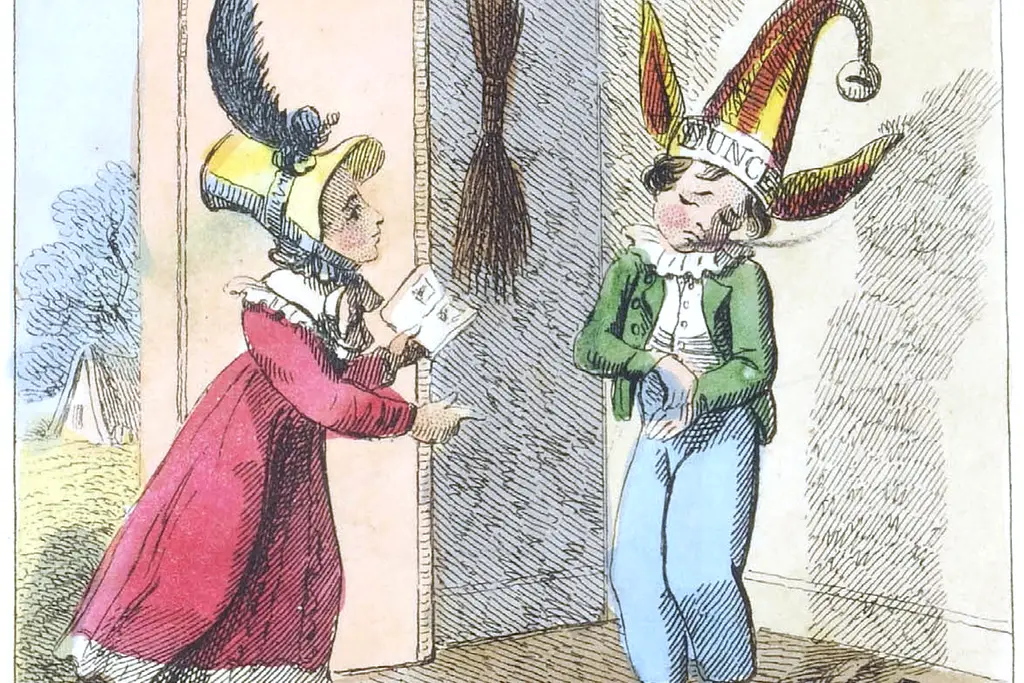
Report cards once weren’t private. Teachers might read them aloud or post rankings on the classroom wall, comparing every student’s performance. Kids at the bottom of the list faced embarrassment, teasing, or worse, while those at the top were held up as examples. It was a system built on shame and competition rather than encouragement.
Today, schools protect student privacy and recognize that learning isn’t one-size-fits-all. Encouragement and individualized feedback have replaced public humiliation. Students who struggle are given support instead of ridicule. It’s a more compassionate way to help every child reach their potential.
9. Strict Hair and Appearance Rules
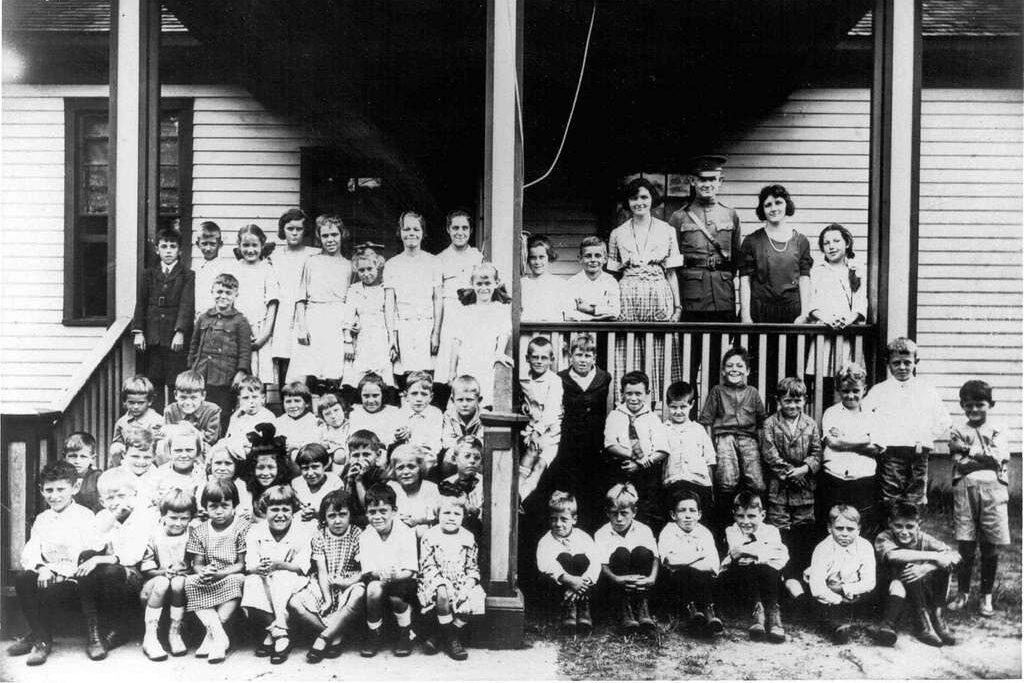
In the ’60s and ’70s, long hair on boys was grounds for suspension. Schools enforced conservative grooming codes, insisting that short hair symbolized respect and discipline. Some even measured hair length with rulers, and girls could get in trouble for wearing makeup or having dyed hair.
Now, appearance-based discipline is mostly a thing of the past. Students are free to express themselves through hairstyles, colors, and accessories without fear of punishment. While dress and grooming guidelines still exist, they tend to be far more relaxed and inclusive. Education has shifted from conformity to individuality, which feels like real progress.
10. Segregating Pregnant Students

In the mid-20th century, pregnant teens were often expelled or sent to separate “special” schools to hide their condition. They were treated as moral failures rather than students in need of support. This meant many young women lost their chance to graduate or continue their education.
Thankfully, laws now protect pregnant and parenting students under Title IX, ensuring they can stay in regular classrooms and receive accommodations. The shift from shame to support has made a huge difference in helping them succeed. It’s a reminder that empathy and education should always go hand in hand.
11. Smoking Areas for Students

Believe it or not, many high schools had designated smoking areas well into the ’80s. It wasn’t just for teachers—students could light up during lunch or between classes as long as they stayed in the “smoking section.” The smell of cigarettes wafting across the playground was completely normal.
Today, the idea of allowing minors to smoke on school grounds is shocking. Tobacco use is banned in nearly every district, and schools now focus on anti-smoking campaigns instead. The shift reflects how much public health attitudes have evolved. What was once seen as harmless is now recognized as a serious health risk.
12. Limiting Education for Students with Disabilities

Before the 1970s, children with disabilities were often excluded from public schools entirely. Some were placed in separate institutions or kept at home with no educational resources at all. The assumption was that they couldn’t learn like “normal” kids, which denied them opportunities to thrive.
The passage of the Education for All Handicapped Children Act in 1975 changed everything, guaranteeing equal access to public education. Now, inclusion and individualized education plans (IEPs) help students reach their full potential. It’s one of the most meaningful educational shifts in modern history. Equality in the classroom means everyone belongs.
13. Paddling or Restraining “Disruptive” Students

Teachers once had free rein to physically restrain or paddle kids who acted out in class, even for minor infractions like talking out of turn. Some schools justified it as keeping order, but it often crossed into outright abuse. Students learned fear, not respect, and many still recall those moments decades later.
Modern education now uses behavioral intervention programs that focus on understanding why a child is struggling instead of punishing them. Physical restraint is only used in emergencies and under strict legal guidelines. The shift from punishment to compassion is one of the clearest signs of progress. Schools today are meant to guide, not intimidate.
